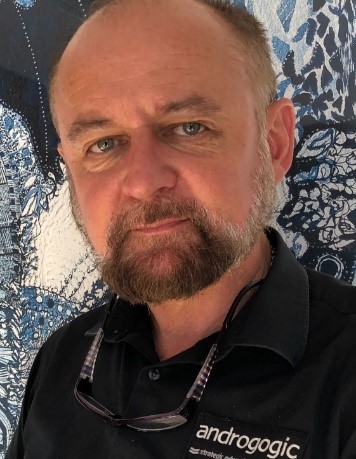The rise of educational technology in health care

In educational technologies today we’re seeing more and more disruption. From the greater use of mobile devices, the emergent use of virtual reality and augmented reality to the rise of social learning and microlearning in workplaces.
The increasing technical literacy required by the modern and modernising health workplace is disrupting traditional approaches to health care. It’s important for institutions and professionals to embrace this disruption and not be frightened of it.
Preparing for the future of health care
The future of the healthcare workplace is evolving, with increased compliance auditing around workforce capabilities. It requires a greater need for just-in-time skill acquisition and retains the age-old problem of not enough resources, time and all pressures associated with these elements. Like every other industry, health care is moving to a digital space, with electronic medical records (EMR) systems and patient management systems (PMS) becoming commonplace and linchpin systems in daily work.
To prepare for the future, hospitals and aged-care facilities need to focus on streamlining current operational approaches. For example, today’s skill development and learning requires tools such as learning management systems (LMS), which allow automation and reduce manual intervention.
Learning technologies need to keep up with other business systems such as EMR and PMS. For instance, moving into virtual-reality- and augmented-reality-based training can — and should — change the traditional face-to-face and ‘flat’ online training structure. Innovations like these keep institutions from falling behind as these technologies explode across other learning and entertainment domains.
Aligning learning strategies and objectives
A best-of-breed LMS such as Totara allows institutions like hospitals and aged-care facilities to create learning experiences and pathways that are specific and personalised, down to specific job role and business unit, keeping in mind there is no ‘one size fits all’ approach. This is facilitated by using an AI-style rule engine that draws on rich metadata on the staff member, which comes through robust integrations with the HR information systems.
This approach not only helps the institution align objectives with learning strategies but also produces a highly effective and automated business process for learning and development professionals to focus on improving their learning systems and content generation. The automation provided by the LMS means greater focus on developing the system and learning, not simply serving it up.
Benefits of in-house learning
The use of in-house learning allows organisations to focus specifically on different craft groups within the institution. This includes the ability to deliver just-in-time training to meet specific needs and manage the emergent risks.
It also allows organisations to develop as a whole and be seen to develop a ‘culture of learning’, wherein respected and key healthcare professionals and leaders can contribute to the professional development of their colleagues and the institution’s professional community and capability.
Integrating CPD
Healthcare teams can keep up with their continuing professional development (CPD) through a variety of mechanisms.
Firstly, there's the internal compliance training that is delivered by the hospital or aged-care institution. Then there is the annual CPD requirements of health clinicians, where attendance at conferences that offer CPD points needs to be captured and submitted to the relevant industry body. It is important that the individual can easily capture and report on this learning.
We are also seeing opportunities arise from EduTech standards such as the learning records management standard ‘Experience API’ or ‘xAPI’. This standard is letting individuals collate their learning beyond the context of a single institution.
Prioritise objectives over IT
It’s important to put the ‘technical cart’ behind the ‘business objectives horse’ and not the other way around. That is, it is vital to make sure the business objectives are driving implementation and technical systems designs, such as educational technologies. This is the approach that institutions such as Austin Health, Alfred Health, Eastern Health and Medcast have taken in conjunction with Androgogic.
In the midst of technological change, AI and technology learning systems are offering hospitals and aged-care facilities a means of futureproofing their organisations and streamlining and automating current processes.

Australian-first virtual ED marks 500K consultations
This month, the Victorian Virtual Emergency Department — an Australian first —...
Digital Health Festival: transformation through connection
Across two days in May, DHF25 will bring together 8000 attendees, 400 speakers and 200 exhibitors...
Connected care: bridging the gap
With the My Health Record 'Sharing by Default' amendment bill now passed both houses of...









